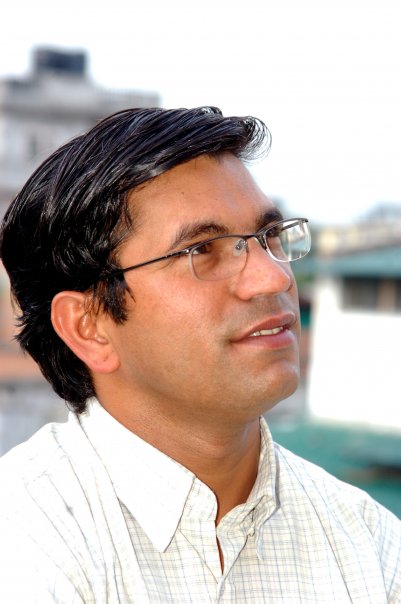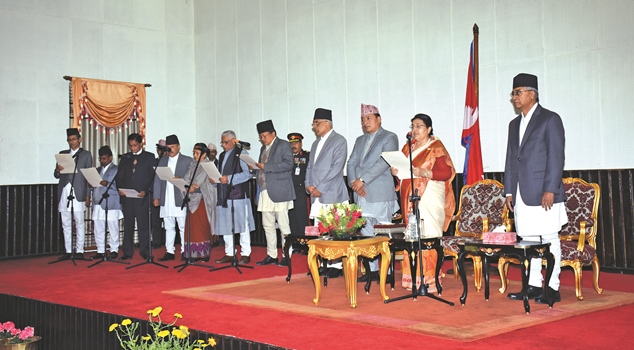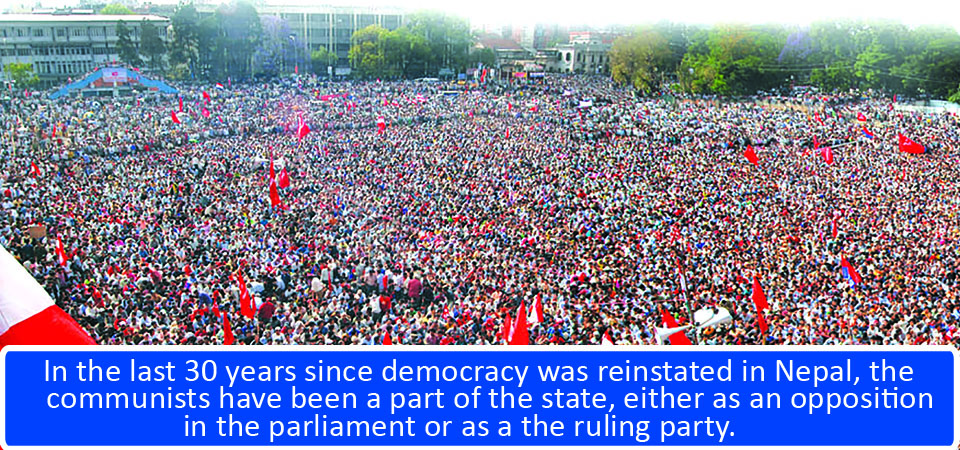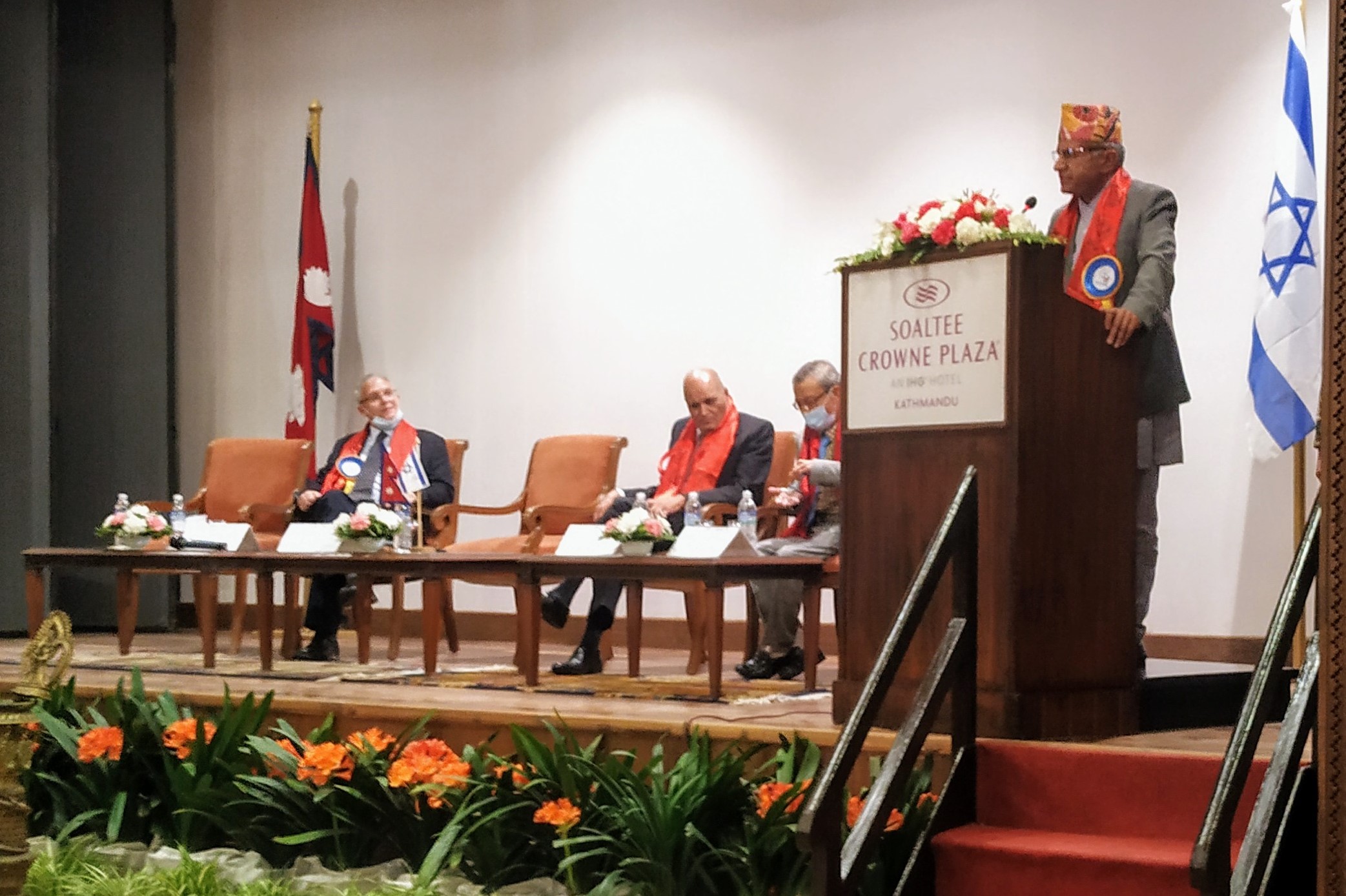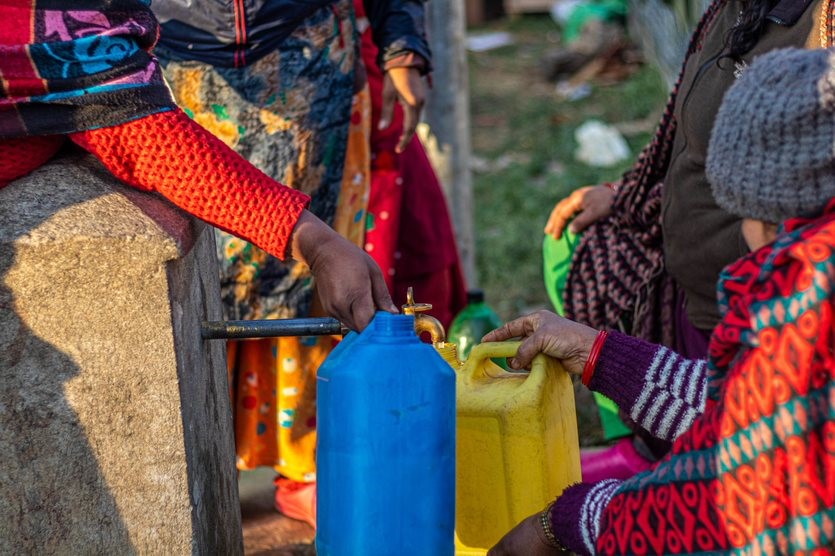China's Exemplary Feat
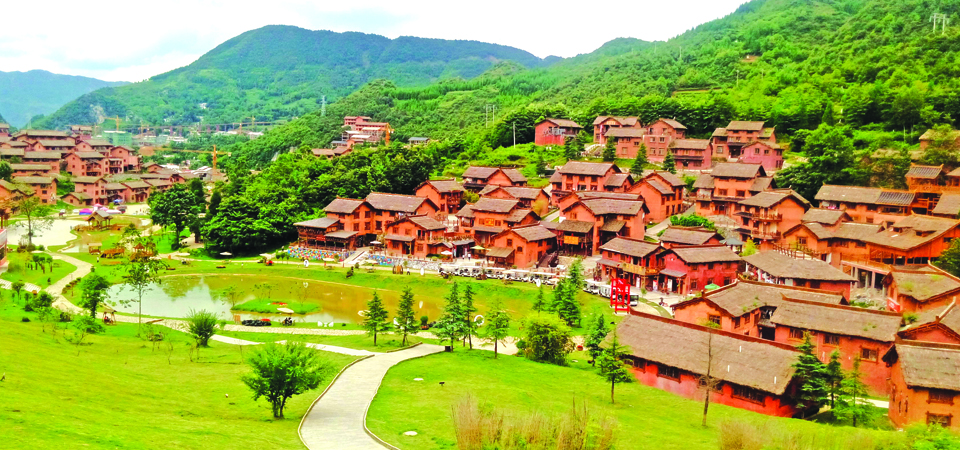
Nanda Lal Tiwari
At a grand ceremony held in the Great Hall of the People in Beijing, Chinese President Xi Jinping on February 25 declared that China had achieved a complete victory in eliminating absolute poverty. The announcement was in line with China's one of two centenary goals: to build a moderately prosperous society by 2021 or end poverty within this period.
The year 2021 marks a hundred year of the founding of the Communist Party of China while 2049 marks a hundred year of the founding of the People's Republic of China and the goal to achieve by 2049 is to build a modern socialist country.
China's exceptional success in poverty reduction has astonished many around the globe. Reports say about 700 million people in China have been lifted out of poverty since the 1970s when the country started opening up to the world and undertaking reform.
A report of the National Development and Reform Commission of China that was presented in the National People's Congress held in May last year said that there were 0.6 per cent rural residents in 52 counties and 1,113 villages remained to be lifted out of poverty. When Xi took power in 2012, there were 98.99 million impoverished rural residents in 832 impoverished counties and 128,000 villages, and now all have been lifted out of poverty lie as set by China in the last eight years.
Many attribute poverty reduction success in China to economic growth. But, that is only a major factor, not the determinant in the kind of success China has achieved. Here I am going to share my experience during my visits to four places in China where poverty alleviation programmes were implemented. My field experiences make it evident that success in poverty alleviation in China is the result of combined and concentrated efforts of the governments at different levels-central, provincial, city and county- and leadership of the Communist Party of China (CPC) from top to the grassroots.
Haiping Yi People's Town Visit (July 2018)
This village in Shuicheng County, near Liupanshui city, lies some 200 km away from Guiyang, the provincial capital of Guizhou. When this scribe as a member of the visiting Nepali media team reached this village, it was like a well-developed small town.
One can feel an ambience of a rural village with the thatched-roof two or three-storey houses and the slow folk music being played along the main entrance street that leads to the larger part of the village. Moreover, the scene of the old women seated in a group at the corner of the street, singing and knitting handicrafts adds to the picturesque character of a village.
The larger part of the village is at the foot of a lush green hill with houses made in traditional looks and shapes. With blacktopped village road passing through it and a pond at the side of which flowers were blooming, the larger part of the village, however, does not look like a rural impoverished village. And yes, it is not an impoverished village, it is a village that has been lifted out of impoverishment by means of reconstruction although the residents are ethnic minority Haiping Yi Peoples.
We gathered that agriculture-based small poor village till 2015 was changed into a tourist spot through reconstruction and relocation by implementing poverty alleviation programmes. The government had spent about 500 million RMB to reconstruct the village and give technical, vocational training to the villagers. The village had its school, hospital, supermarket and insurance as well as a commercial company.
Gao Su Xiang, a new resident of this village, said that she earned about 6,000 RMB a month now. She had a 3-storey modern house with a traditional look of 125 square meter area provided free of cost by the government. "I am very happy now. My life is much easier here now than in my original village in the past," she shared her happiness.
Gao was relocated here from a nearby village. She has been given a house here while the government also provides her with some money as rent for her old house and the land in the faraway village. Gao's 5-member family which was listed as poor has been lifted out of poverty now. Like Gao, most people of this village are new residents relocated from surrounding five small villages. The local government has been relocating the poor families to lift them out of poverty.
Glimpse Of Niujiao Village
Niujiao is a village of Bouyei ethnic people in Luobie Town of Liuzhi Special Administrative Region under Liupanshui City.
The village of 3,600 people had 500 poor before the poverty alleviation programme was initiated in 2014 while the number has decreased to 100 now. Through cooperative agriculture farming, share in village company for operating hotels and restaurants, a family earns about five thousand Yuan a month.
Under the poverty alleviation program, the government rebuilt the old houses into hotels and restaurants, which are now being run by villagers. Moreover, as a part of duty, a local leader is entitled to assist poor family come out of poverty.
Wang Yang Ling, a woman of the village, told the media team that the government provides her about 6,000 Yuan a month as a poverty allowance while she earns a thousand Yuan as a cleaner for the village. Her husband also works for the company and earns. She also gets money for her share in the company. Thus her life is now easy and she is no more under the poverty line.
To add attraction to the village and protect the environment, Huilong river ecological corridor has been built here where people visit to enjoy the waterfalls. About 800 million Yuan was invested to transform this village.
Baichehe Village Visit (July 2018)
Spread in the gorge between two tall mountains, this village has also been turned into a tourist spot. It is another instance of reconstruction for poverty alleviation. Before reconstruction started in 2015, this village was entirely dependent on agricultural output while some people went to the city areas for jobs.
As the village has a natural hot spring, the local government decided to reconstruct the village into a tourist spot and a natural hot spring vacation hotel has been built covering the hot spring area. There are resorts as well as homestay in this area of five villages of 12,000 people.
Because of the tall mountains, hot spring and other natural beauties, lately the government has decided to develop it into a scenic spot. The government has provided 50,000 Yuan to every poor household in the area to rebuild their houses. Out of a total estimate of 200 million, about 110 million RMB has already been spent to reconstruct this area and as many as 1,463 people have been lifted out of poverty so far. It was informed that a local leader here was to oversee about 3 poor households to bring them out of poverty.
Visiting Shen Shan Hamlet (August 2017)
Shen Shan hamlet of Mao Ping village lies somekilometresters away from, and to the north of, Ciping town of Jingangshan city in Jianxi province of China. The hamlet has 55 households and 331 people.
This scribe got a chance to visit this mountainous village surrounded by forests and situated in the middle of a high hill slope in August 2017. Poverty alleviation program was already started in the village and therefore it had a motorable road, drinking water pipe and other modern facilities such as mobile and internet. Surprisingly, it was also the village visited by Chinese President Xi Jinping on February 2, 2016. From the villagers, we learnt that in his three-hour stay, President Xi visited poor households, talking with the people about their life and challenges, eating the food the villagers served and joining his hands in some of their everyday works such as the beating of rice to make da gao, a small cake-sized sweet snack item made up of rice flour. And we learnt that President Xi had visited the village just to see how the poverty alleviation program was being implemented and how the people felt about it.
Conclusion
Experiences and information gathered during the visits to the villages mentioned above made it clear that reconstruction, relocation, investment for infrastructures by the government, job-oriented training to the villagers are some of the ways adopted to enable the people to come out of poverty. Equally important is the fact that party leadership, both at the local and the central level, is very focused on ensuring that abject poverty becomes a history soon in China.
(The writer is sub-editor at The Rising Nepal)
Recent News

Do not make expressions casting dout on election: EC
14 Apr, 2022
CM Bhatta says may New Year 2079 BS inspire positive thinking
14 Apr, 2022
Three new cases, 44 recoveries in 24 hours
14 Apr, 2022
689 climbers of 84 teams so far acquire permits for climbing various peaks this spring season
14 Apr, 2022
How the rising cost of living crisis is impacting Nepal
14 Apr, 2022
US military confirms an interstellar meteor collided with Earth
14 Apr, 2022
Valneva Covid vaccine approved for use in UK
14 Apr, 2022
Chair Prachanda highlights need of unity among Maoist, Communist forces
14 Apr, 2022
Ranbir Kapoor and Alia Bhatt: Bollywood toasts star couple on wedding
14 Apr, 2022
President Bhandari confers decorations (Photo Feature)
14 Apr, 2022
